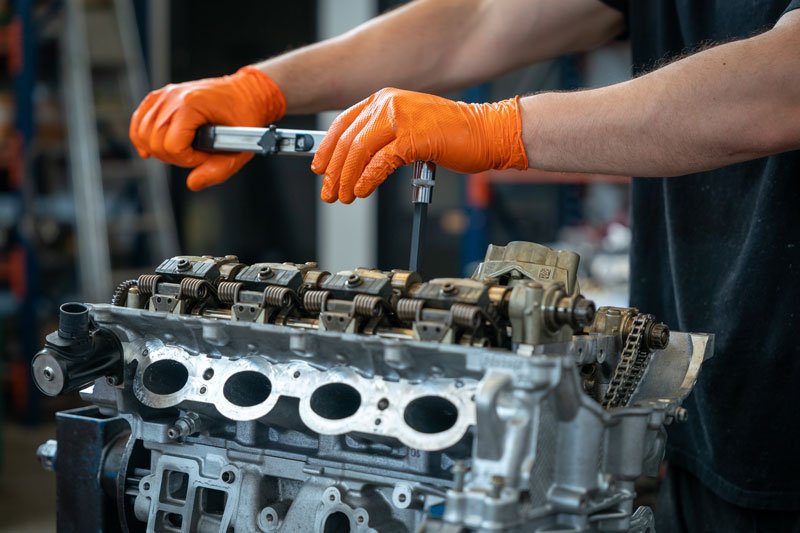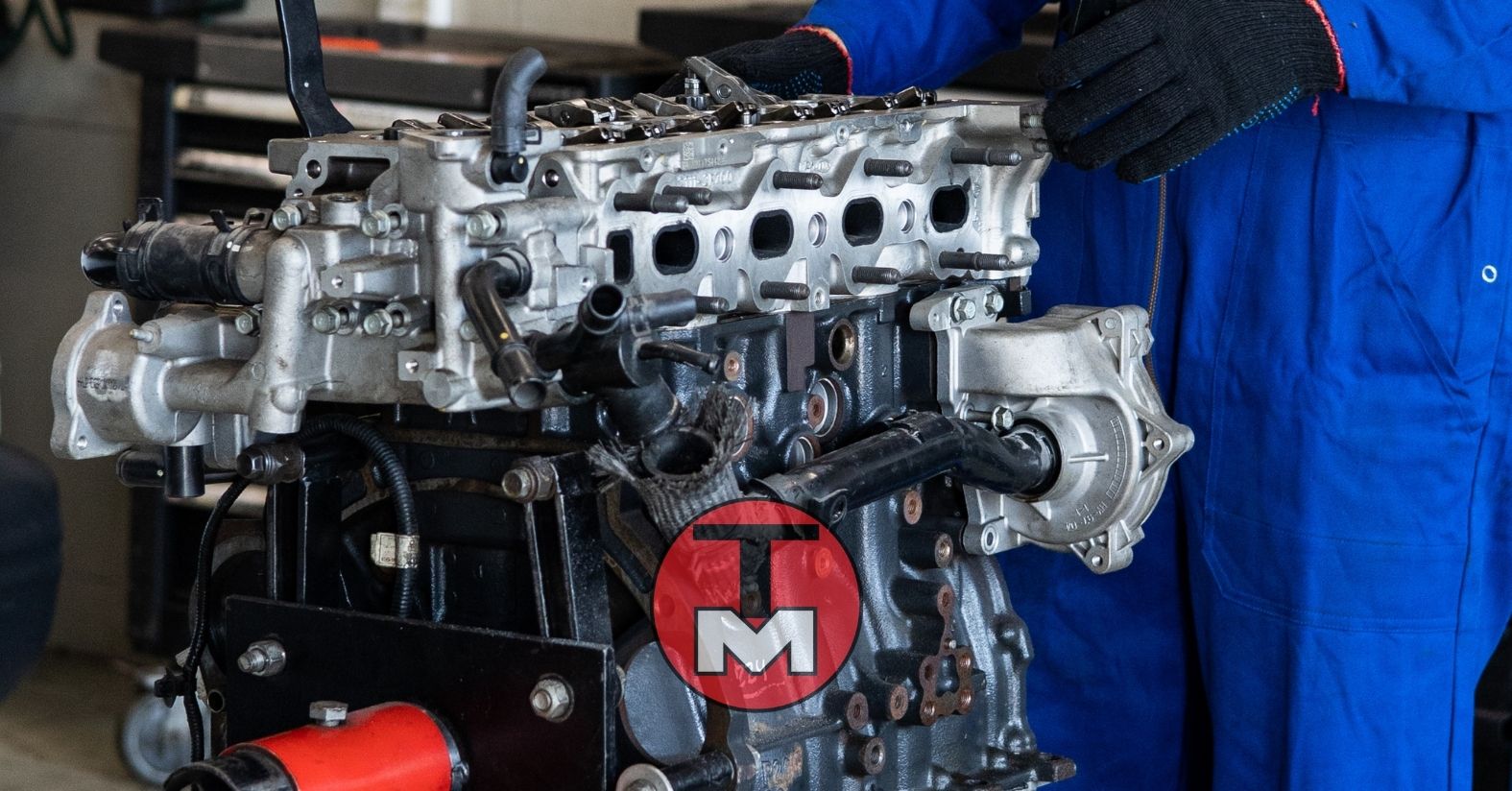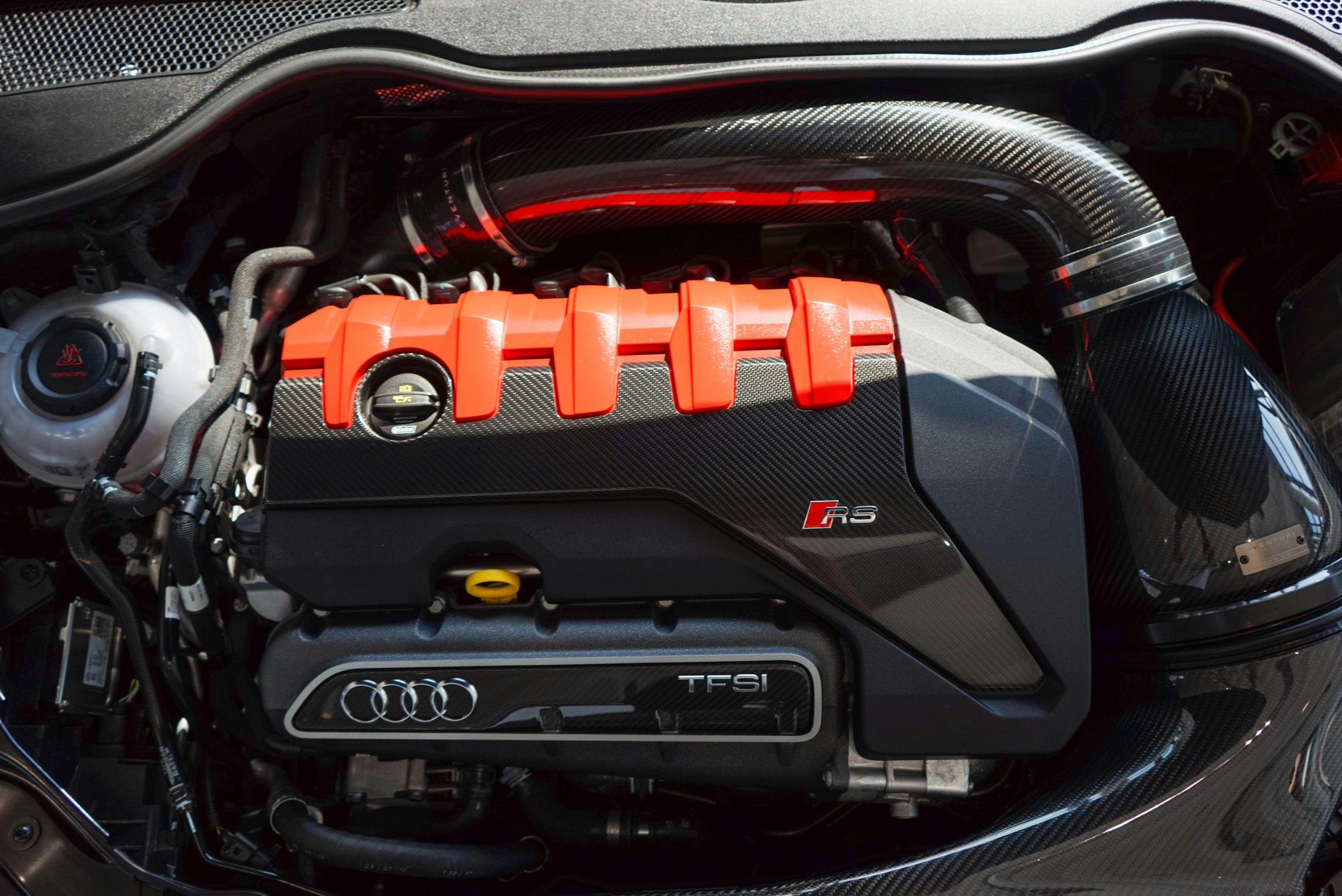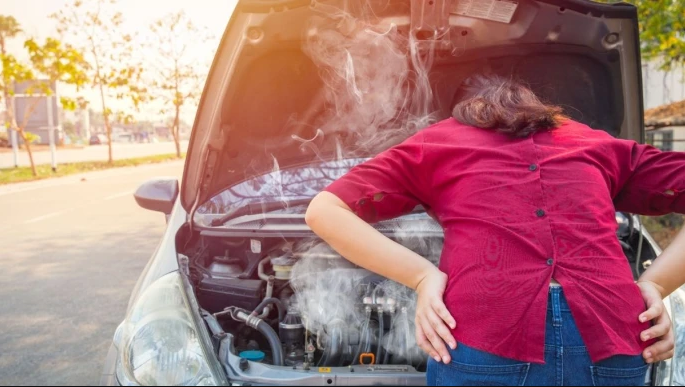The EGR valve, or exhaust gas recirculation valve, is a key component for the optimal functioning of your engine. Let's take a closer look at it.
What is the EGR Valve?
The EGR valve, or Exhaust Gas Recirculation, is a device designed to reduce nitrogen oxide (NOx) emissions in internal combustion engines. Its main task is to recycle a portion of the exhaust gases back into the engine's intake manifold.
EGR Valve Types
There are different types of EGR valves:
-
Pneumatic Valves: These models, although reliable, are now obsolete. They are driven by exhaust gas back pressure.
-
Electronic Vacuum Valves: These valves are controlled by a remote vacuum regulator, which adjusts the flow according to the position of the unit's throttle.
-
Digital Valves: The most advanced, are driven by electromagnets, DC electric motors or stepper motors. They regulate the recirculation precisely according to the operating mode of the motor.
Tips for Operation
To keep your EGR valve healthy and ensure a proper air/fuel mixture, follow these tips:
- Change the air filter in a timely manner.
- Check that the fuel injectors are clean and functioning properly.
- Make sure that the ignition system is in excellent condition.
- Keep the timing belt regular to avoid timing problems.
Avoiding Excessive Use of Additives
Additives can contain substances that are harmful to the engine and exhaust system. Only use high-quality fuel and try to avoid short journeys, as they can adversely affect the EGR valve.
Recognising Faults
Problems with the EGR valve can cause a range of symptoms, including difficulty maintaining idle speed, sudden engine shutdowns and poor performance. Ignoring these signs can lead to soot deposits in the intake valves and more serious problems.
Make sure you pay attention to the health of your EGR valve to keep your vehicle in top condition.









